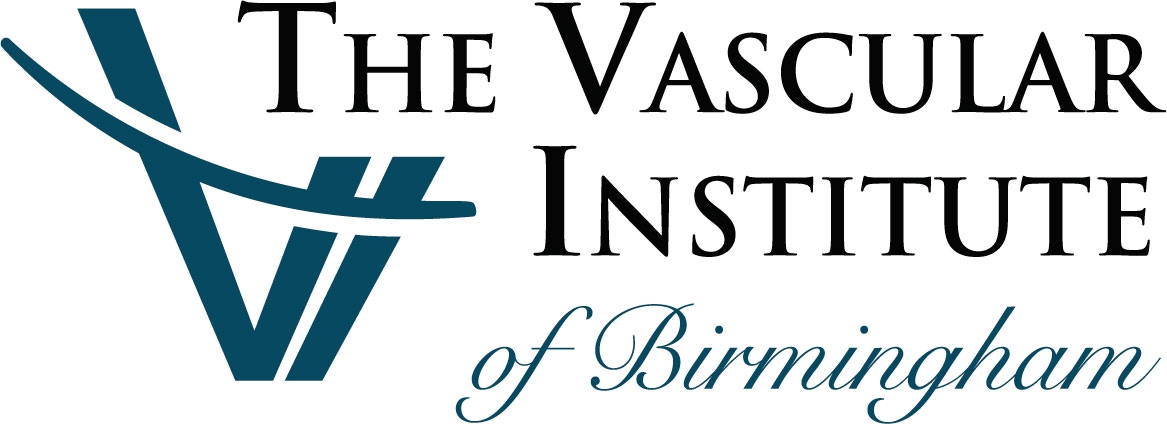Leg Pain Symptoms You Shouldn’t Ignore

An estimated 8.5 million people in the United States have Peripheral Artery Disease, affecting approximately 12-20 percent of Americans over 60. Experts say that around half of all people with PAD do not know they have the condition; this is because many individuals have no symptoms. It is important to not ignore symptoms of PAD, and to visit a specialist and be treated before it’s too late.
Possible symptoms include:
- Pain in legs after walking
- Physical activity, such as walking or climbing stairs, demands more supply of blood to the legs. For people with PAD, clogged arteries often make simple physical activity difficult. Pain, weakness, or numbness in the calves, thighs, or hips that disappears after a few minutes of rest is one of the most frequent PAD symptoms reported by patients.
- Sores or ulcers on the legs and feet that take a long time to heal (or never heal)
- Healing, wounds, and fighting infections both require a healthy blood supply, so injuries must be monitored carefully in patients who are at risk for PAD. In extreme cases, a neglected wound can become infected, resulting in death of soft tissue and requiring amputation. Painful dry, gray, or black sores could be signs of either severe peripheral artery disease.
- Difficulty in finding pulse in leg or foot
- PAD can cause plaque buildup in arteries. This can be lead to having difficulty in finding pulse in leg or foot.
- Claudication
- Claudication is pain in your thigh, calf, or buttocks that happens when you walk. This is caused by a build up in the arteries that results in pain and limping.
B.A., Sy Kraft. “Peripheral Artery Disease: Symptoms, Treatments, and Causes.” Medical News Today, MediLexicon International, 22 Jan. 2018, www.medicalnewstoday.com/articles/188939.php.
